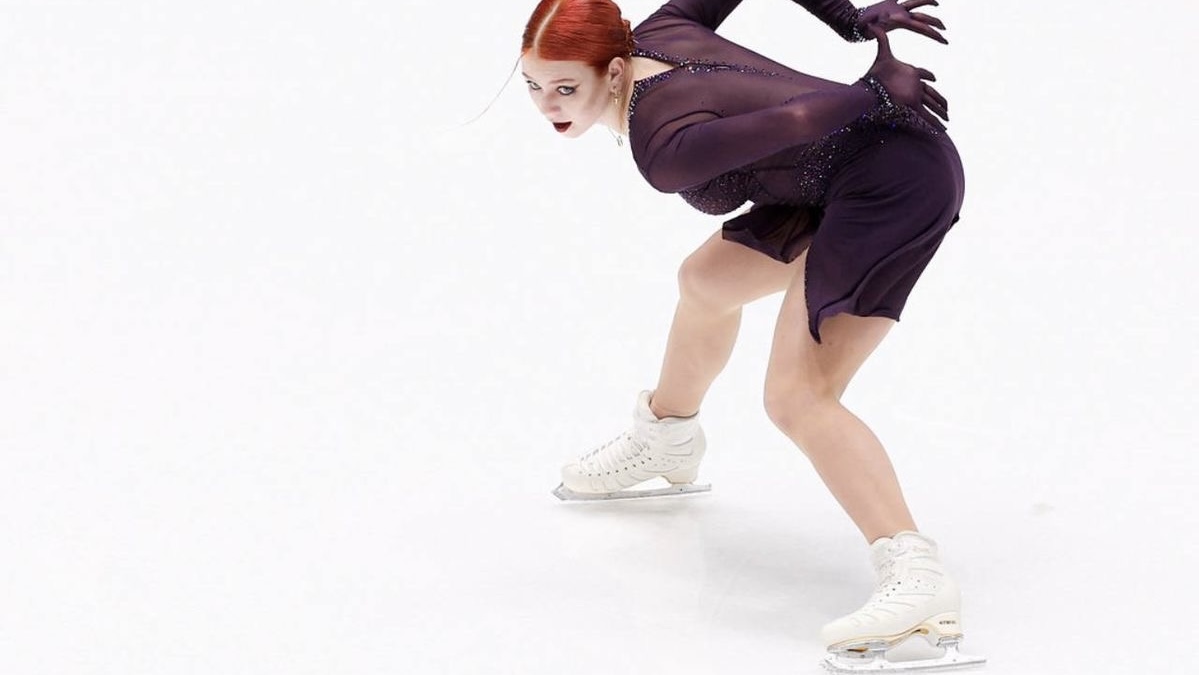January 15, 2025
Alexandra Trusova Expecting a Child
May 12, 2025

Ballet is a demanding art form that requires unparalleled dedication, often leading dancers to retire in their 30s due to physical strain or personal aspirations. The transition from the stage to a new chapter can be daunting, marked by a loss of identity and community, yet it also opens doors to diverse and fulfilling paths. A 2019 Dance Magazine article notes that 80% of retired dancers pursue dance-related careers, such as teaching or choreography, while others explore entirely new fields. This article delves into five common paths ballerinas take after retirement, illuminated by real stories of dancers who have navigated this profound shift with resilience and creativity.
Professional ballerinas typically retire between ages 30 and 40, with the average around 35, per a 2020 Journal of Dance Medicine & Science study, due to the physical toll of daily training and performances. The emotional impact is significant, as dancers often grapple with a loss of purpose after years of defining themselves through dance. However, with support from career transition programs and personal determination, many find new ways to channel their passion and skills, transforming their expertise into meaningful second acts.
Many retired ballerinas become teachers or coaches, sharing their expertise with the next generation. A 2021 Ballet Herald report found that 40% of retired dancers transition to teaching, leveraging their deep understanding of technique and artistry to nurture young talent.
Cherilyn J. Lee’s Story: After a decade performing with Hartford Ballet and Carolina Ballet, Cherilyn J. Lee retired in her early 30s due to physical strain and a desire for change. In a 2019 Ballet Herald article, she described her shift to teaching as “liberating.” Lee co-founded City Ballet Raleigh and became an ABT-certified instructor, finding fulfillment in guiding students through classical ballet and variations. “Teaching lets me keep ballet’s spark alive,” she said, noting that watching her students grow reignites her passion.
Some ballerinas turn to choreography or artistic direction, using their stage experience to craft new ballets or lead companies. A 2018 Dance Magazine study noted that 15% of retired dancers pursue choreography, though it can be a less stable path than teaching.
Wendy Whelan’s Story: New York City Ballet’s iconic ballerina Wendy Whelan retired at 46 in 2014 after a 30-year career. Despite a hip injury and labral tear, she embraced contemporary dance and choreography post-retirement. In a 2017 HuffPost interview, Whelan shared how her role as a choreographer and associate artistic director at New York City Ballet gave her creative control she never had as a dancer. “I miss dancing all day, but I love not relying on it to stay creative,” she said, highlighting her work with contemporary choreographers like Christopher Wheeldon. Her transition showcases how artistry evolves beyond the stage.
Retired ballerinas often gravitate toward fitness fields like Pilates, yoga, or Gyrotonic, using their expertise in body mechanics to help others. A 2020 Journal of Dance Education study found that 20% of dancers enter wellness professions, aiding injury prevention and mobility.
Charlene Aldred’s Story: After 15 years with San Francisco Ballet, Charlene Aldred retired in her late 30s and opened The Seed Center, a Gyrotonic studio. In a 2020 Pointe Magazine feature, she credited her dance training for preparing her to manage a business while raising two young sons. “Dance taught me to handle stress and keep moving,” Aldred said. Her studio serves SFB dancers and diverse clients, and she remains connected to her ballet community, reassuring them that “life after ballet is quite nice.”
Some ballerinas channel their discipline into entrepreneurship or advocacy, launching businesses or initiatives that support the arts. A 2023 Forbes article highlighted that dancers’ risk-taking and resilience make them well-suited for entrepreneurship.
Katherine Horrigan’s Story: After touring with Ailey II, Katherine Horrigan retired in her 30s and founded The Dance Academy of Virginia. In a 2023 Forbes interview, she explained how her dance career’s multitasking skills translated to running a business. “Dancers develop interests and skills alongside training,” she said, noting that her academy fosters creativity and community. Horrigan’s transition reflects how dancers can build impactful ventures that extend their love for movement.
Some ballerinas pursue entirely new careers, from architecture to journalism, embracing the challenge of redefining themselves. A 2019 Huck article reported that 25% of dancers enter non-dance fields, often requiring further education to bridge the gap.
Josephine Darvill-Mills’ Story: A former Royal Ballet School trainee and contemporary dancer, Josephine Darvill-Mills retired at 30 to study medicine. In a 2019 Huck interview, she described the difficulty of rethinking her identity after dancing since age 14. “Dancing was all-encompassing,” she said, but medical school offered a new purpose. Now in her final year, she applies her understanding of the body to injury rehabilitation, finding parallels between dance and medicine. Her journey underscores the courage required to forge a new path.
Retirement from ballet is a complex transition, marked by both loss and opportunity. Whether teaching, choreographing, entering wellness, launching businesses, or exploring new fields, ballerinas like Cherilyn J. Lee, Wendy Whelan, Charlene Aldred, Katherine Horrigan, and Josephine Darvill-Mills demonstrate remarkable resilience. Their stories highlight the diverse paths available, supported by ballet’s gifts of discipline, creativity, and adaptability. As these dancers show, life after the stage is not an end but a new beginning, where the artistry and strength honed in ballet continue to shine in unexpected and inspiring ways.
By Vitalina Andrushchenko, Staff Writer

January 15, 2025
Alexandra Trusova Expecting a Child

April 05, 2025
Alexandra Trusova and Makar Ignatov Reveal the Gender of Their Future Child

December 26, 2024
2025 World Junior Championship Schedule